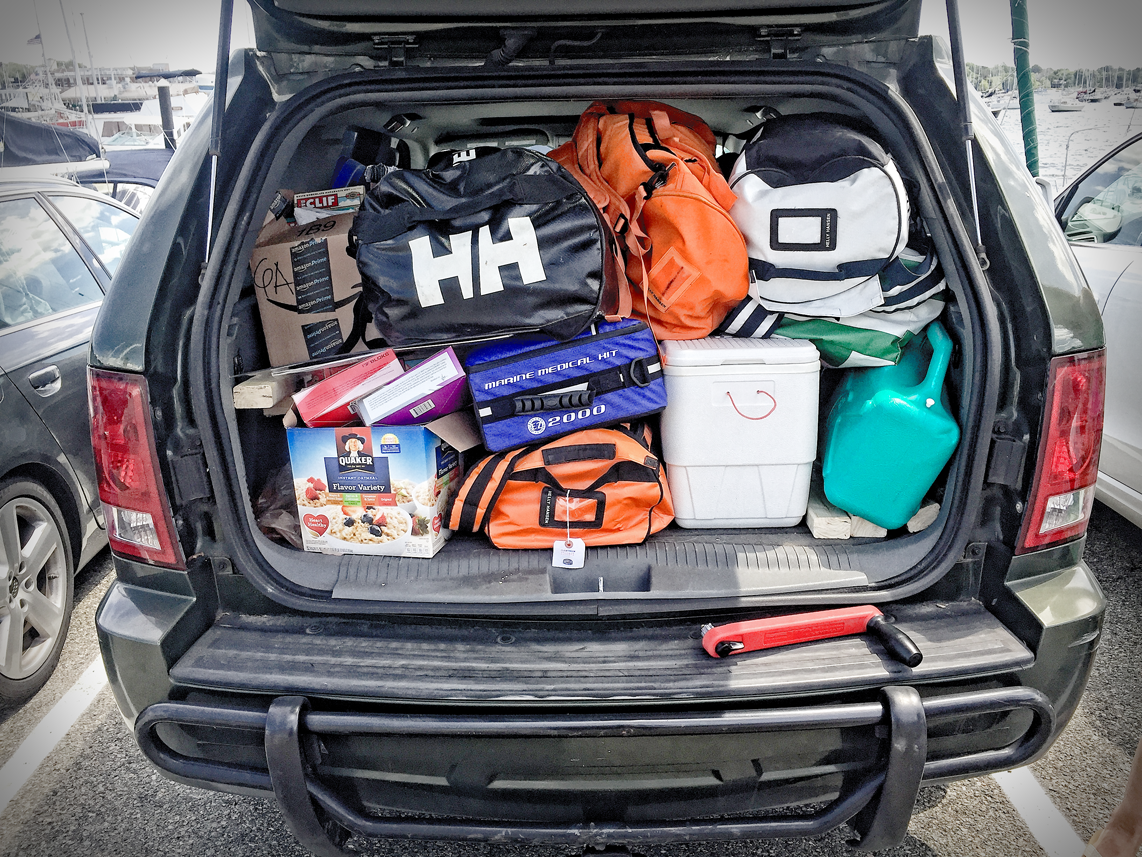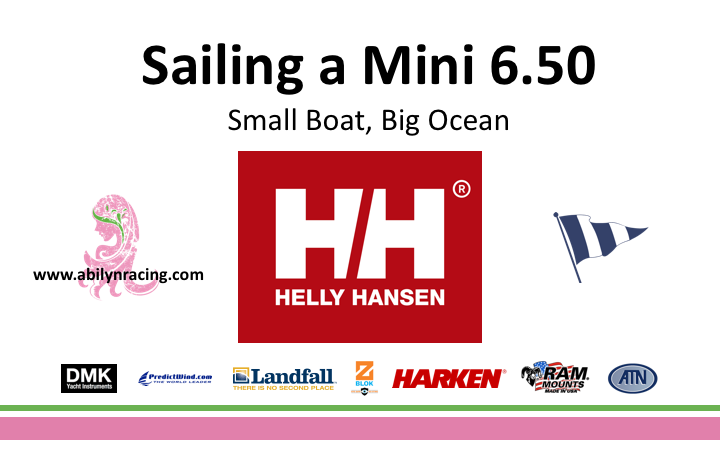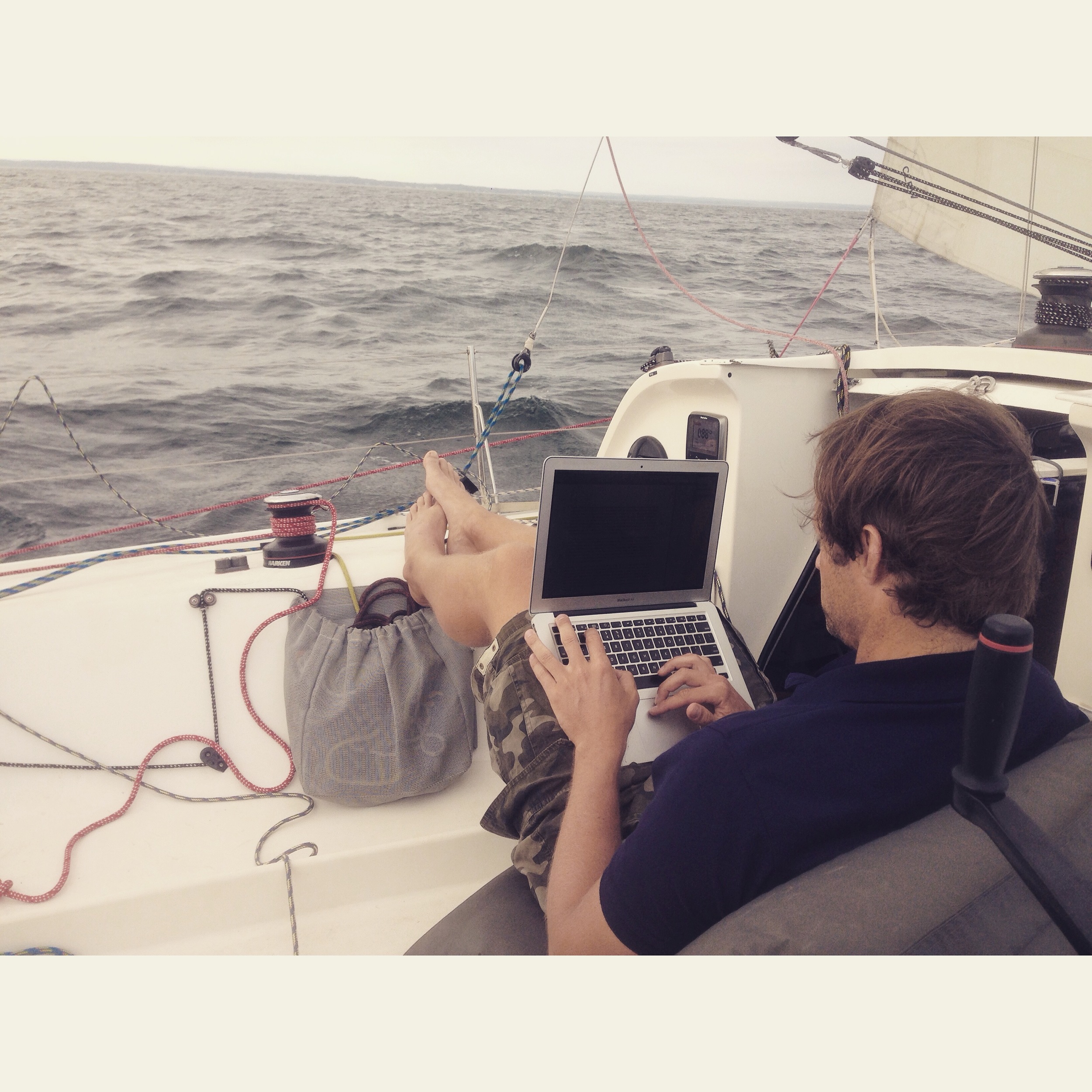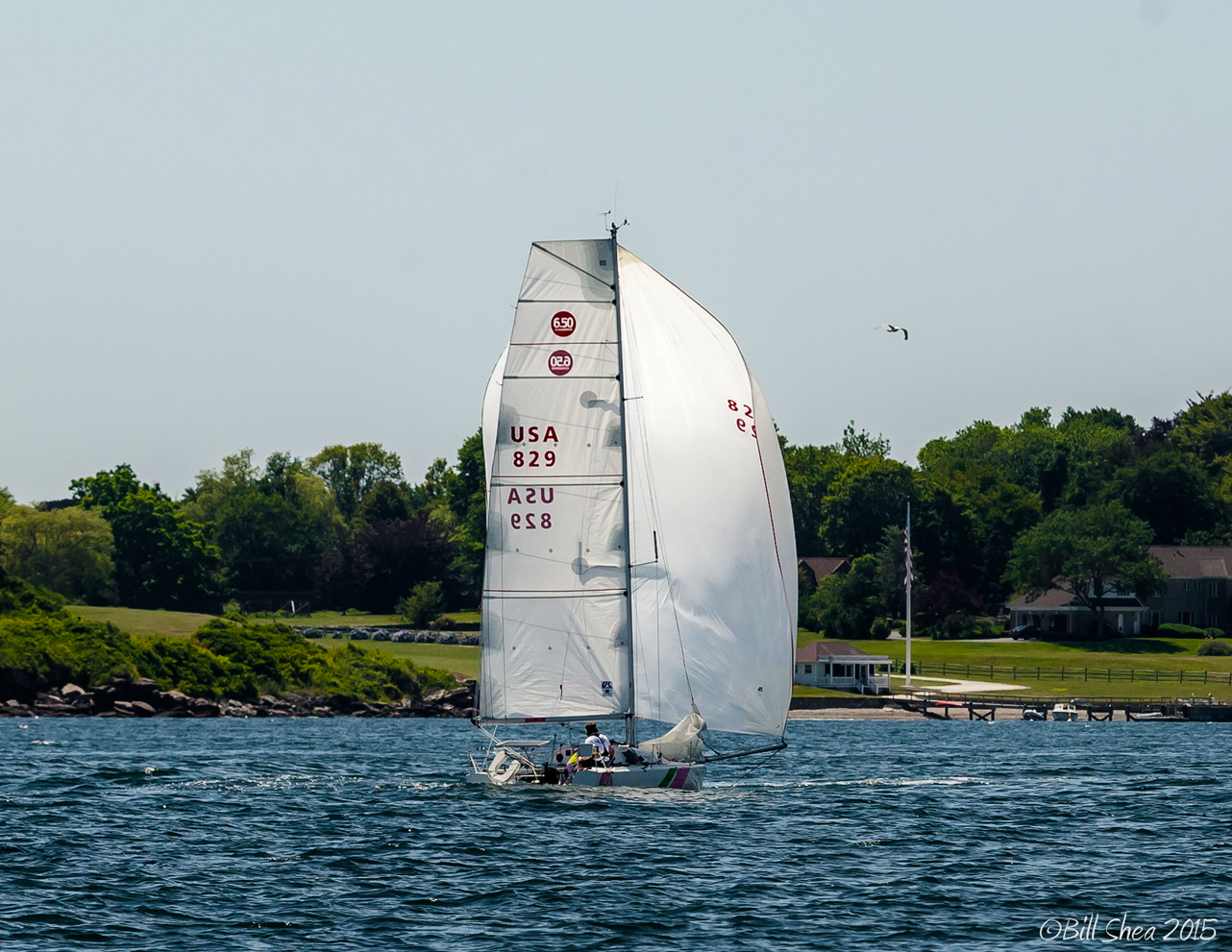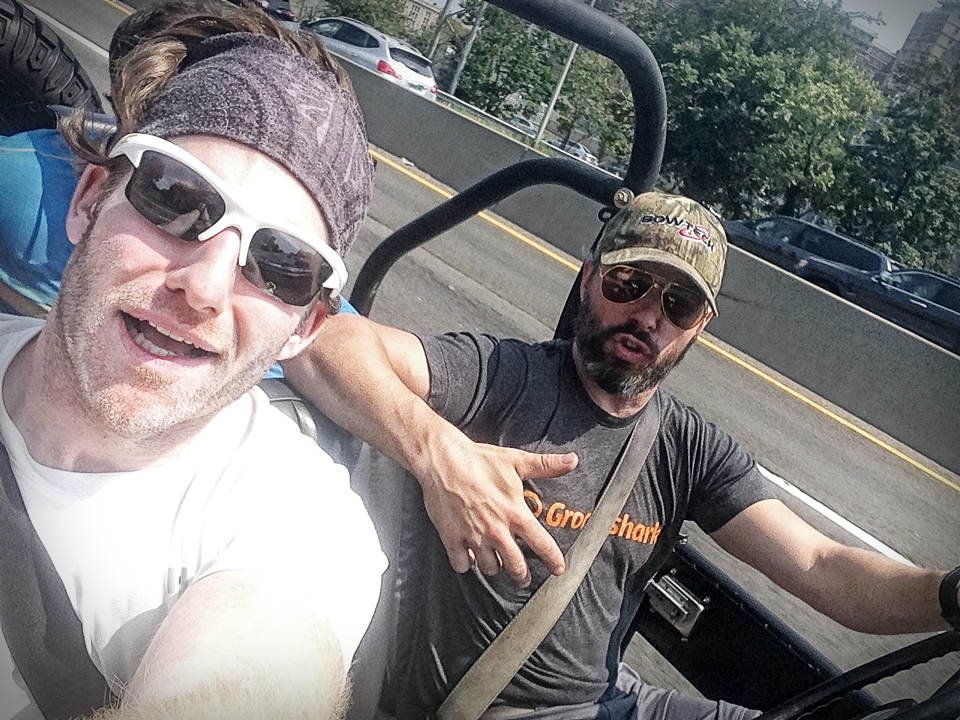Exactly one month ago today, Sam Cox and I did this thing. We sailed a 21-foot--a Mini Transat 6.50--from Newport, RI to Bermuda. After 5 1/2 days in the North Atlantic Ocean, we completed the passage, arriving in St. George's on June 24 at 0230. By far, the toughest part about this passage was making the decision to untie our lines from the dock at Newport Yacht Club, point the boat towards Bermuda, and leave behind the protections of land.
Swirling about Newport in the days leading up to the official start of the 2016 Newport-Bermuda Race (June 17, 2016) were talks of 40+ knots of breeze in the Gulf Stream, wind against current, with higher gusts (potentially 60 knots) in squalls. Top meteorologists and tacticians were telling well-prepared crews that June 17 was a bad day to sail to Bermuda. The entire Gibbs Hill fleet withdrew. Skilled sailors were dropping off boats otherwise intending to race. We overheard one professional weather briefing where the pros basically told those on the conference call, "We don't know what the f**k is going to happen out there."
We had a tough decision to make. Sail to Bermuda. Or go home. Like all sailors did in the days leading up to June 17, we analyzed all available information, and talked with sailors much more skilled than we in order to make the most prudent decision. Through our interactions with folks like Chad Corning and Rich du Moulin, we learned some interesting differences between the most readily used weather models--GFS (Global Forecast System), ECMWF (European Center for Medium range Weather Forecasting), and OPC (Ocean Prediction Center). For example, we learned from Rich about how GFS does not accurately predict wind speeds above 30 knots, and that one should expect 120% of the forecasted wind speeds according to GFS. We learned from Chad about how, compared to the other models, the OPC model includes the most human input. None of these models were consistent with the information we were receiving from the proprietary models put out by PredictWind, who has been supporting us from the beginning. PredictWind showed the low pressure cell off the coast of South Carolina, but forecasted no more than 30-35 knots in the Gulf Stream when we were expecting to cross it.
I also considered the tear-inducing words of friends, who suggested--based on nothing more than concern for our well-being--that we abandon our venture. Lawrence Cutler shared with me his experience sailing in 60 knots during the 2010 delivery back from Bermuda. Others asked me to think of my kids. Coupled with the uncertainty in the forecast, these words led to a debilitating physical stress that nearly brought me to the mat in submission.
Luckily, we had Rob Windsor across from the dock from us at Newport Yacht Club, and I had a chance to talk with Clay Burkhalter following the NBR Skippers' Meeting. For anybody reading this post, these two names should be very familiar. Rob is an experienced racer, and active sailor on the Class 40 circuit. Clay Burkhalter, also an experienced racer, participated in the Classe Mini circuit and finished 12th out of 84 sailors in the 2007 Mini Transat. Both Rob and Clay gave us the most objectively reasonable advice we could hope to receive. They said, just head down to the Stream and, if it's gnarly, bail out, and head home. Although obvious in hindsight, this alternative was nowhere on my radar. Rob and Clay's advice was the sledgehammer I needed to break through the concrete wall of physical stress that separated me from the ocean, and from this journey.
We passed Castle Hill on June 18 at 1400 with our bow pointed towards Bermuda, having delayed 24 hours following the official start of the Newport-Bermuda Race.
Once on the ocean, my physical stress gave way to psychological bliss as I was able to free myself from the pains of the past and burdens of the future as I focused on the present--that is, until the hallucinations set in.
We went for it. We f***in' went for it. And we accomplished something; we accomplished our goal. But rather than tell you more about our journey, let me show it to you.
And P.S., PredictWind was spot on. We topped out at 28 knots of breeze.

